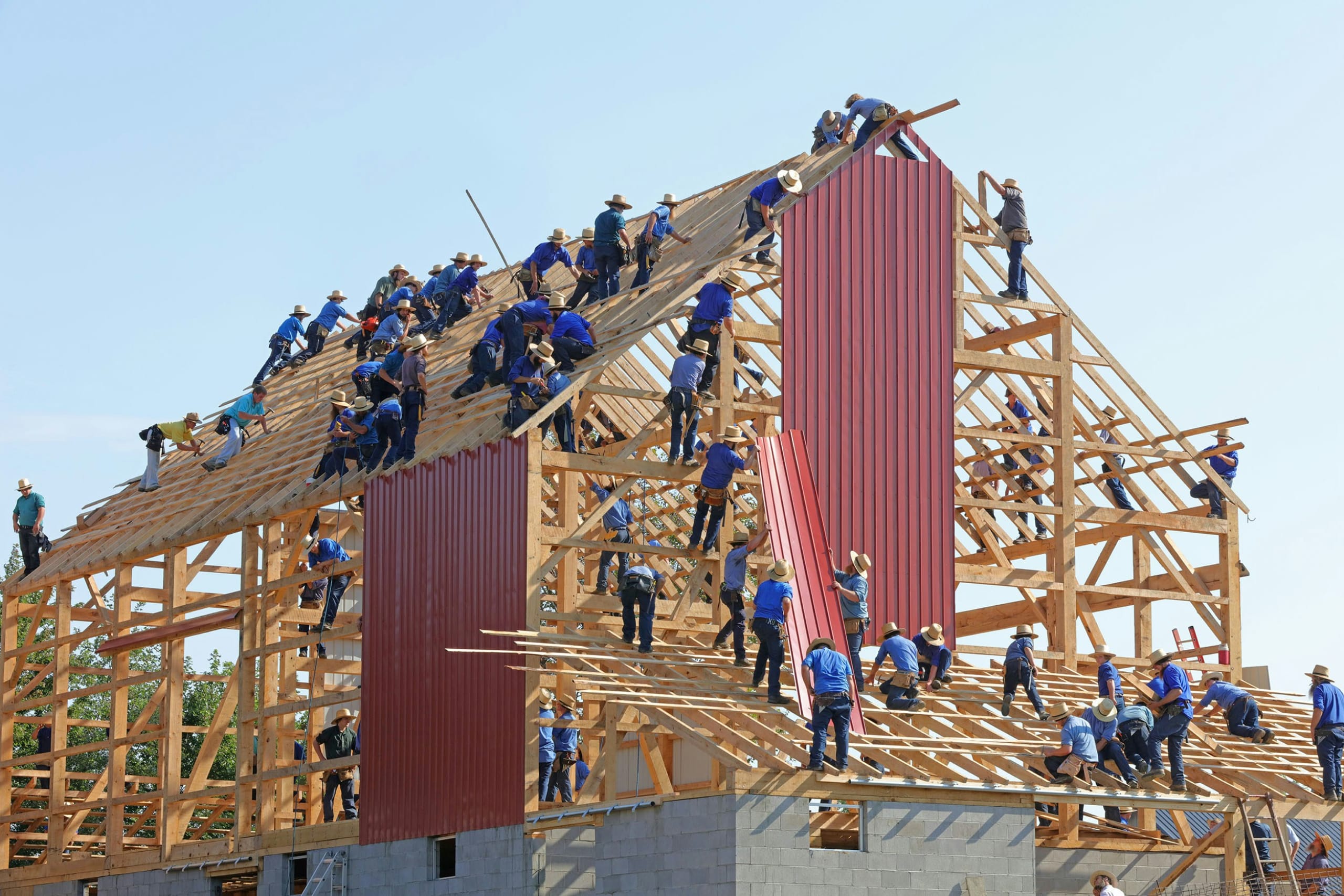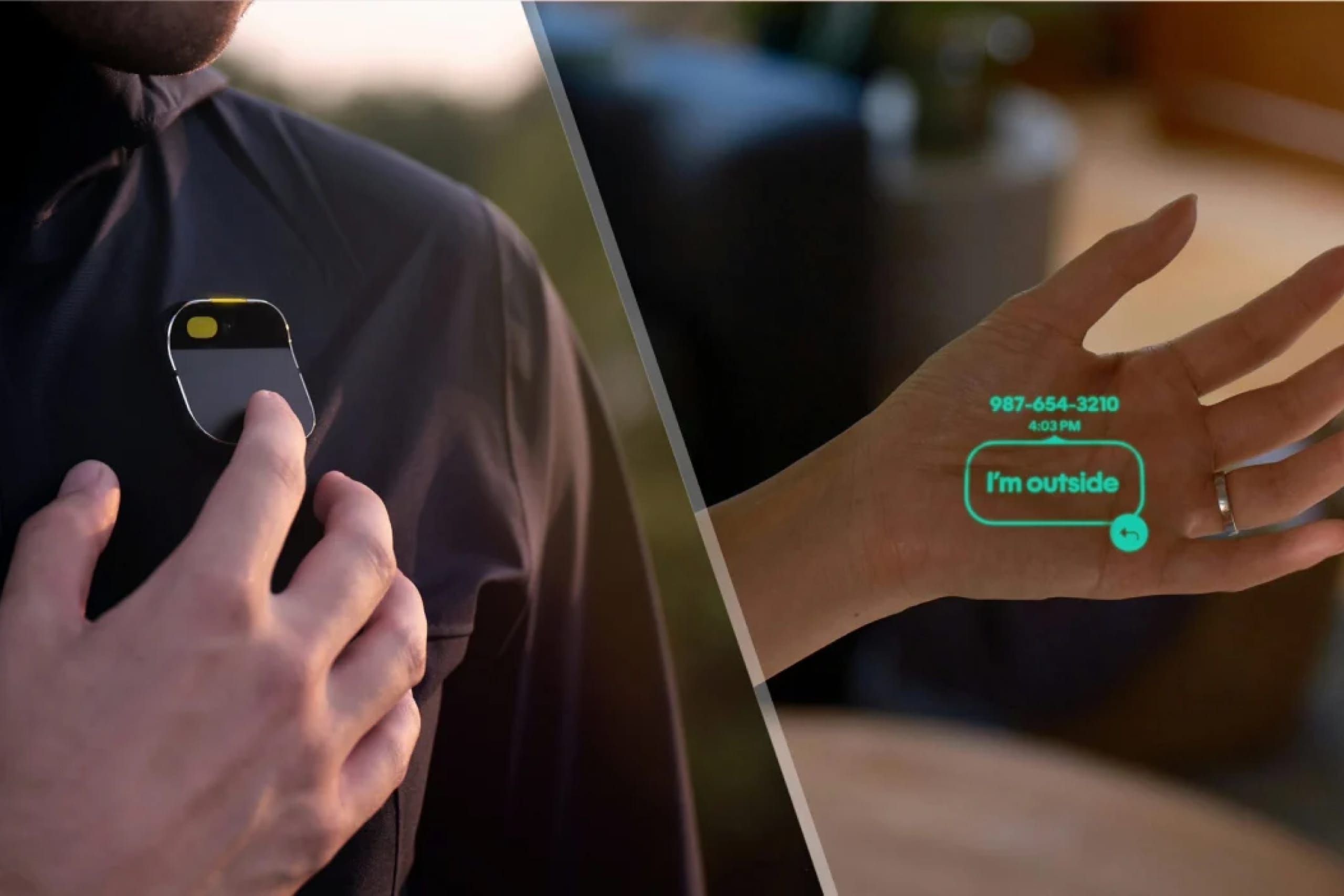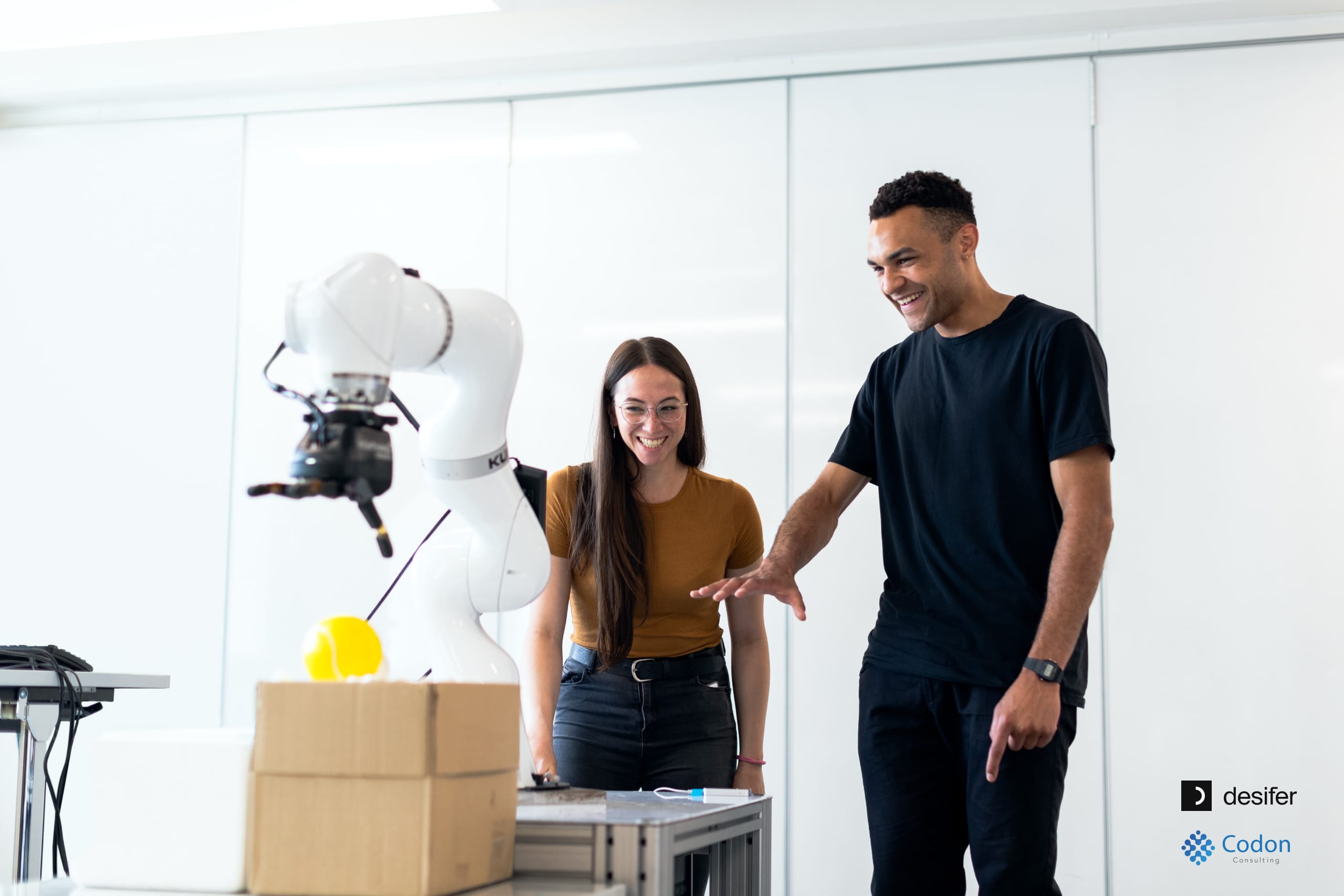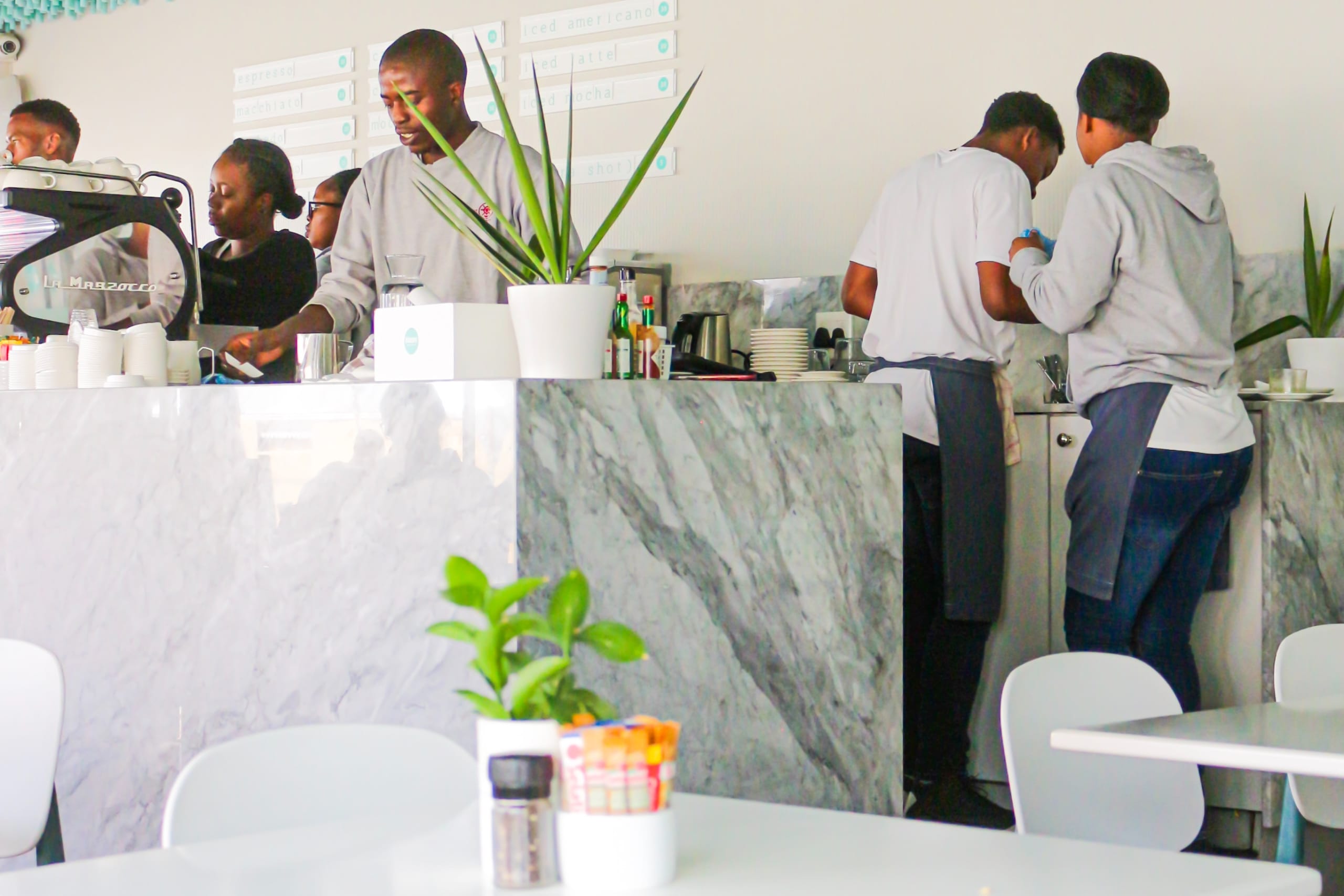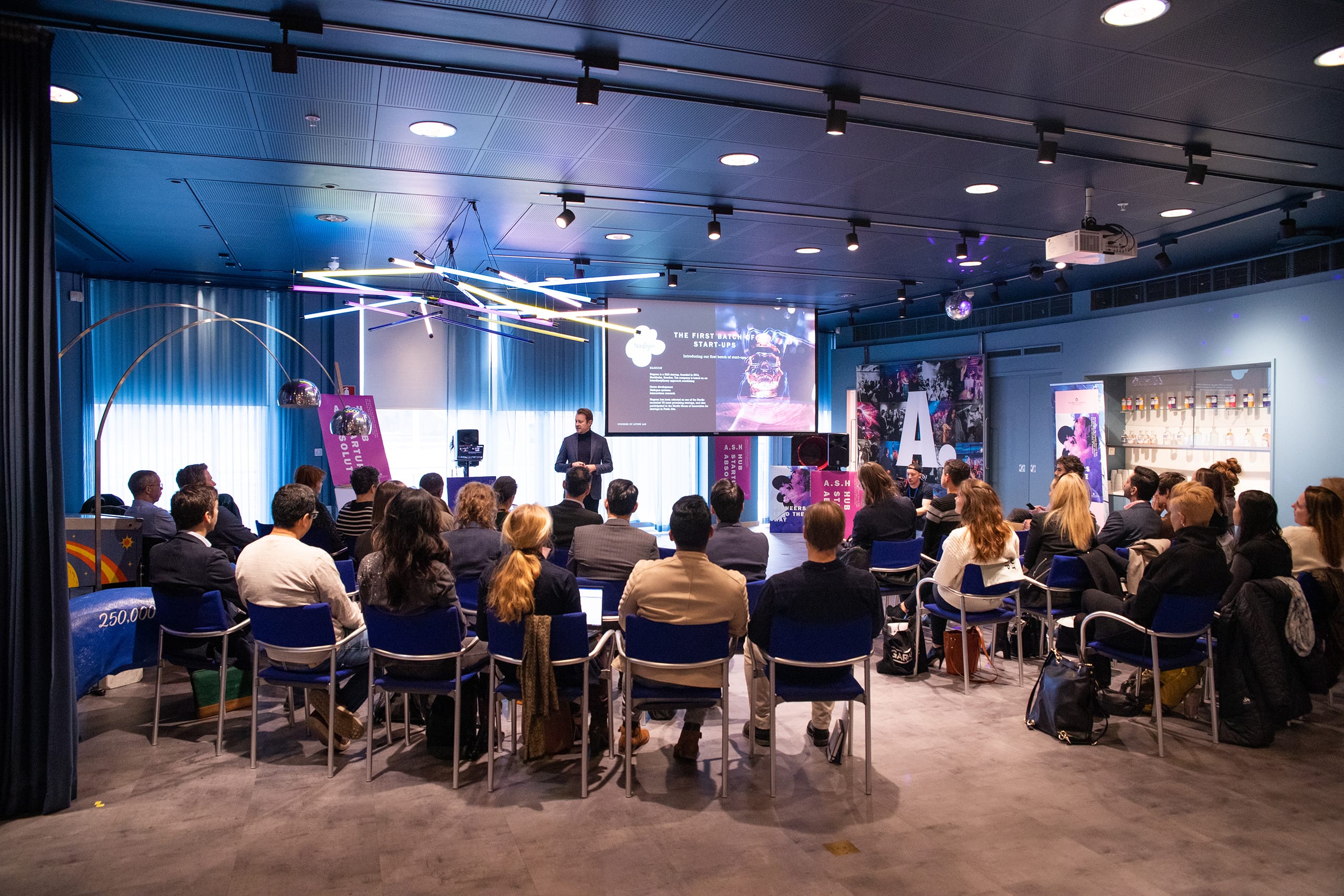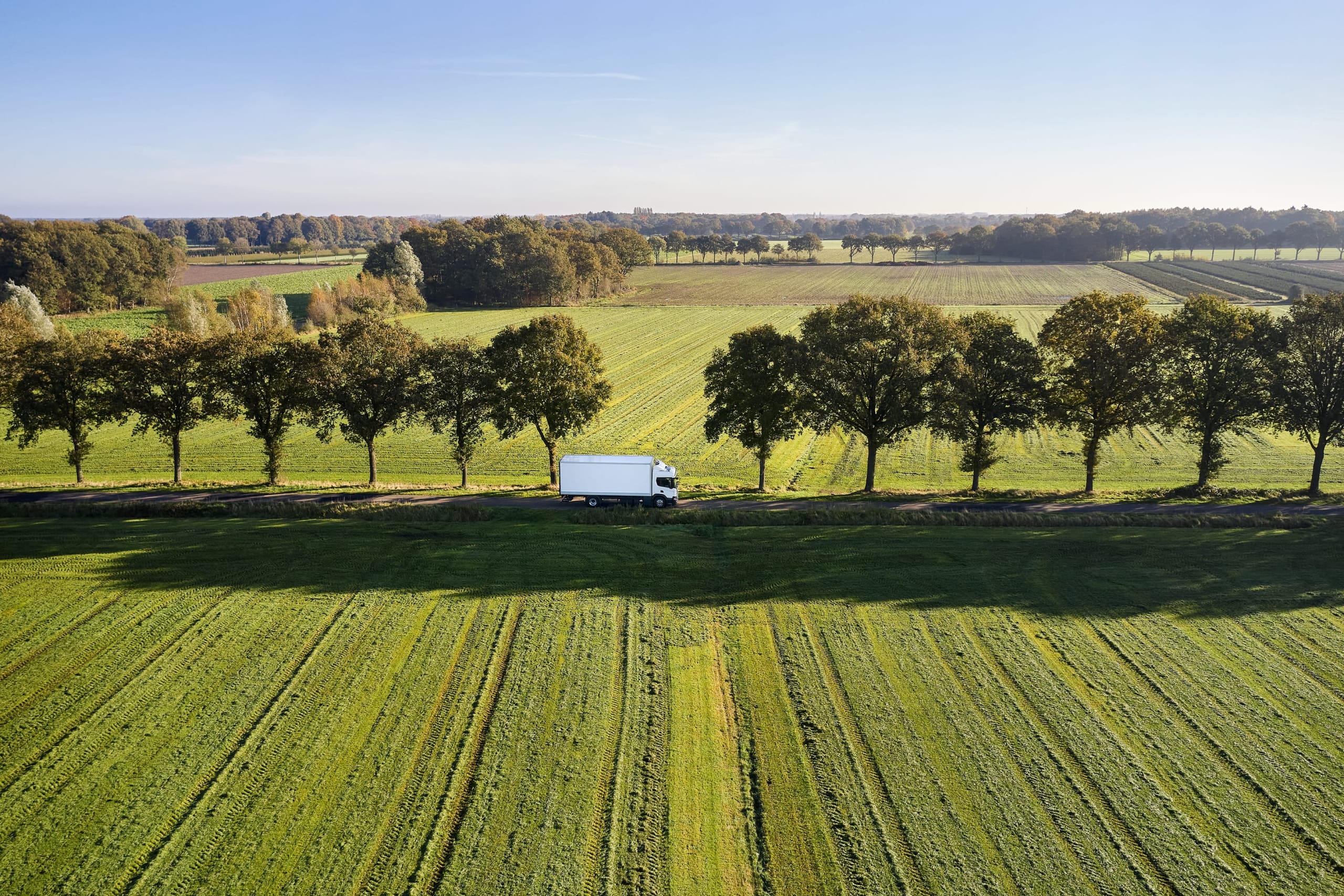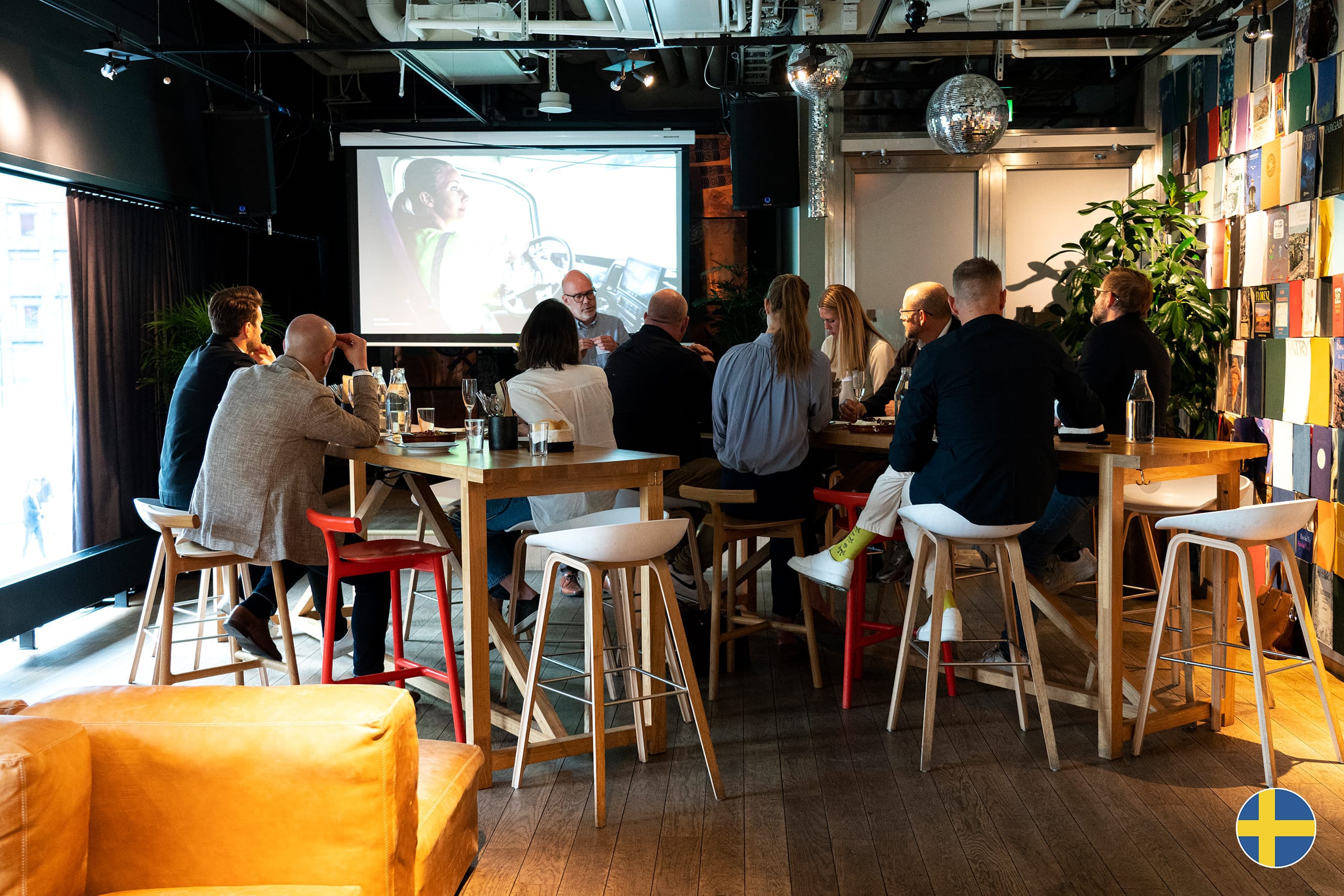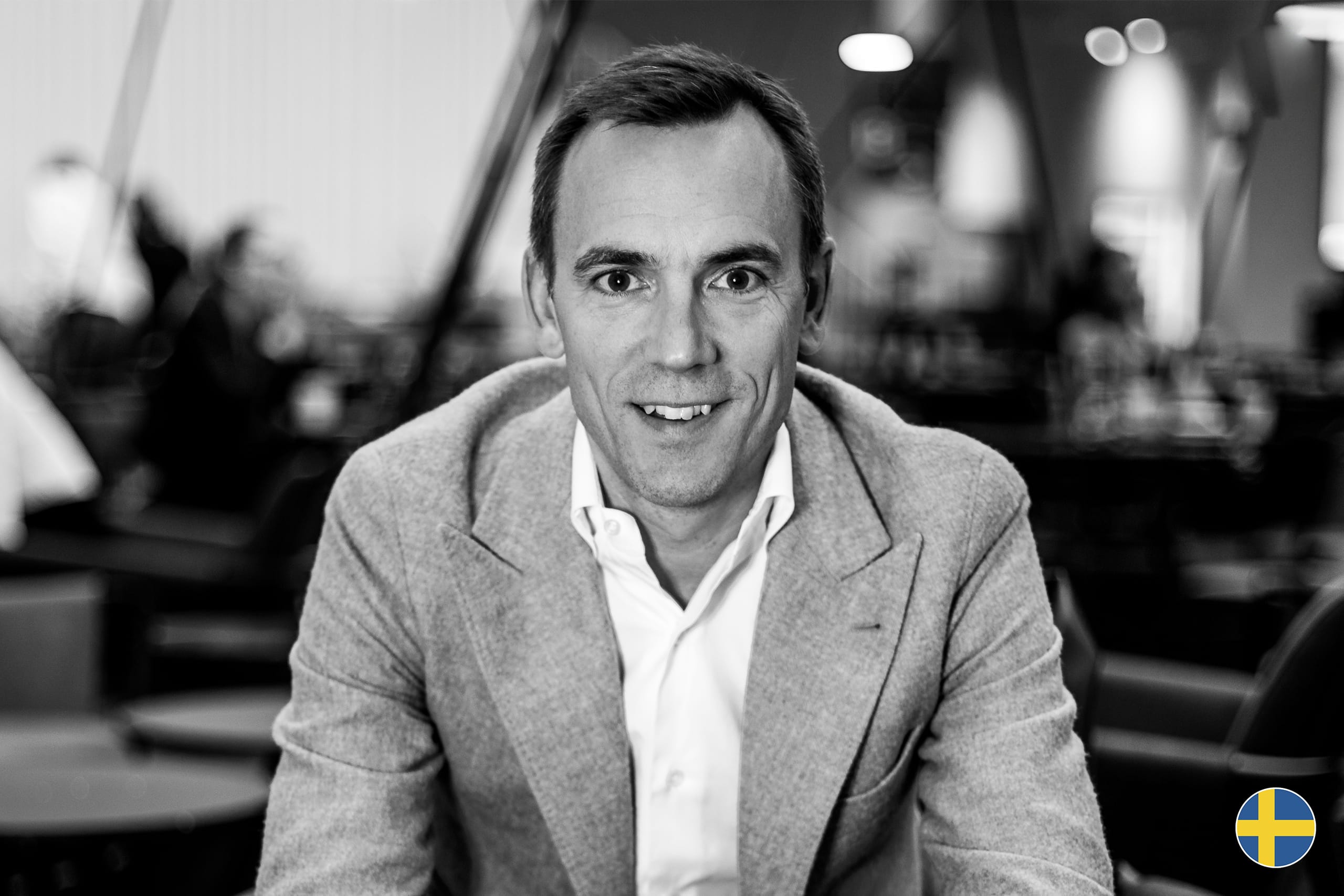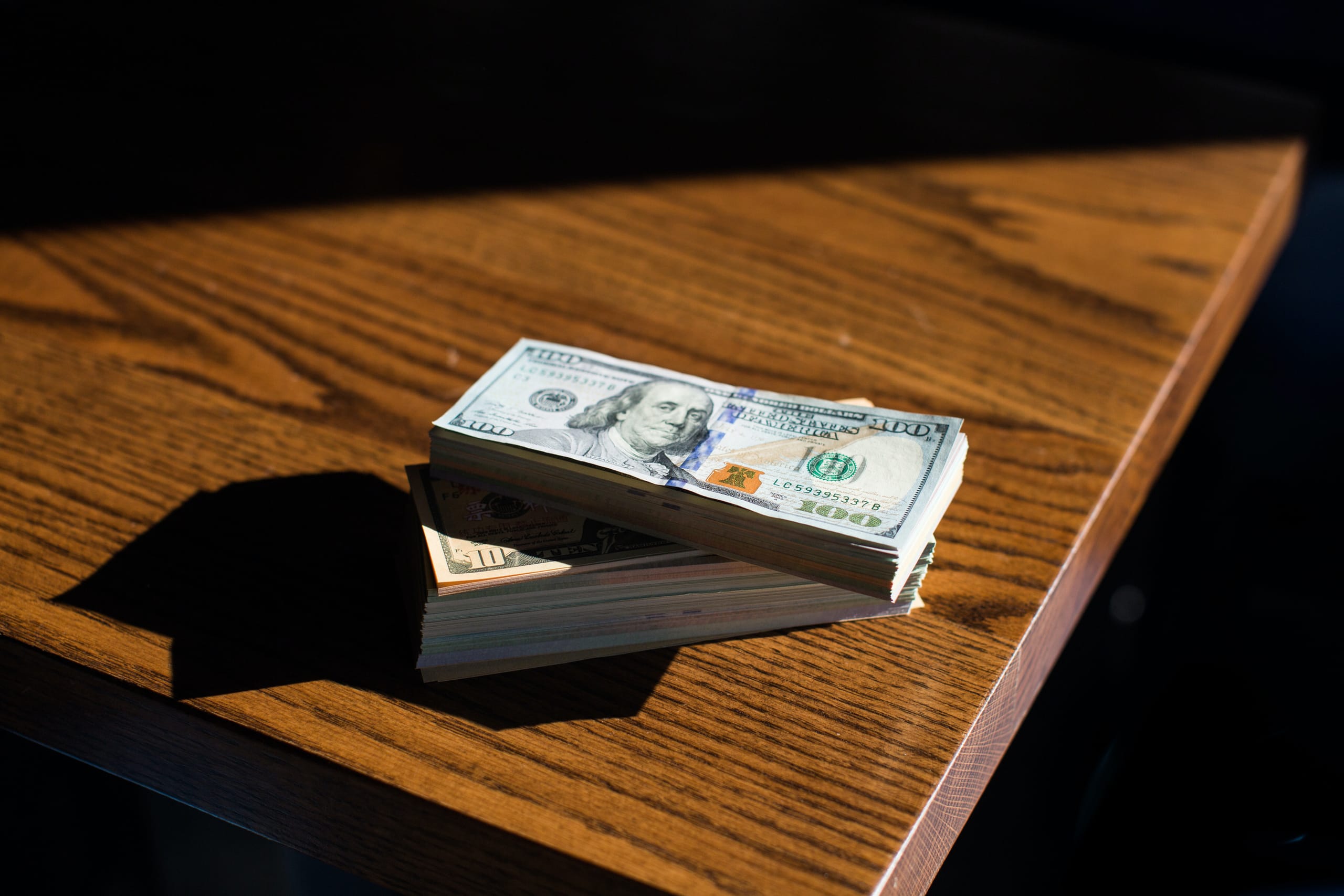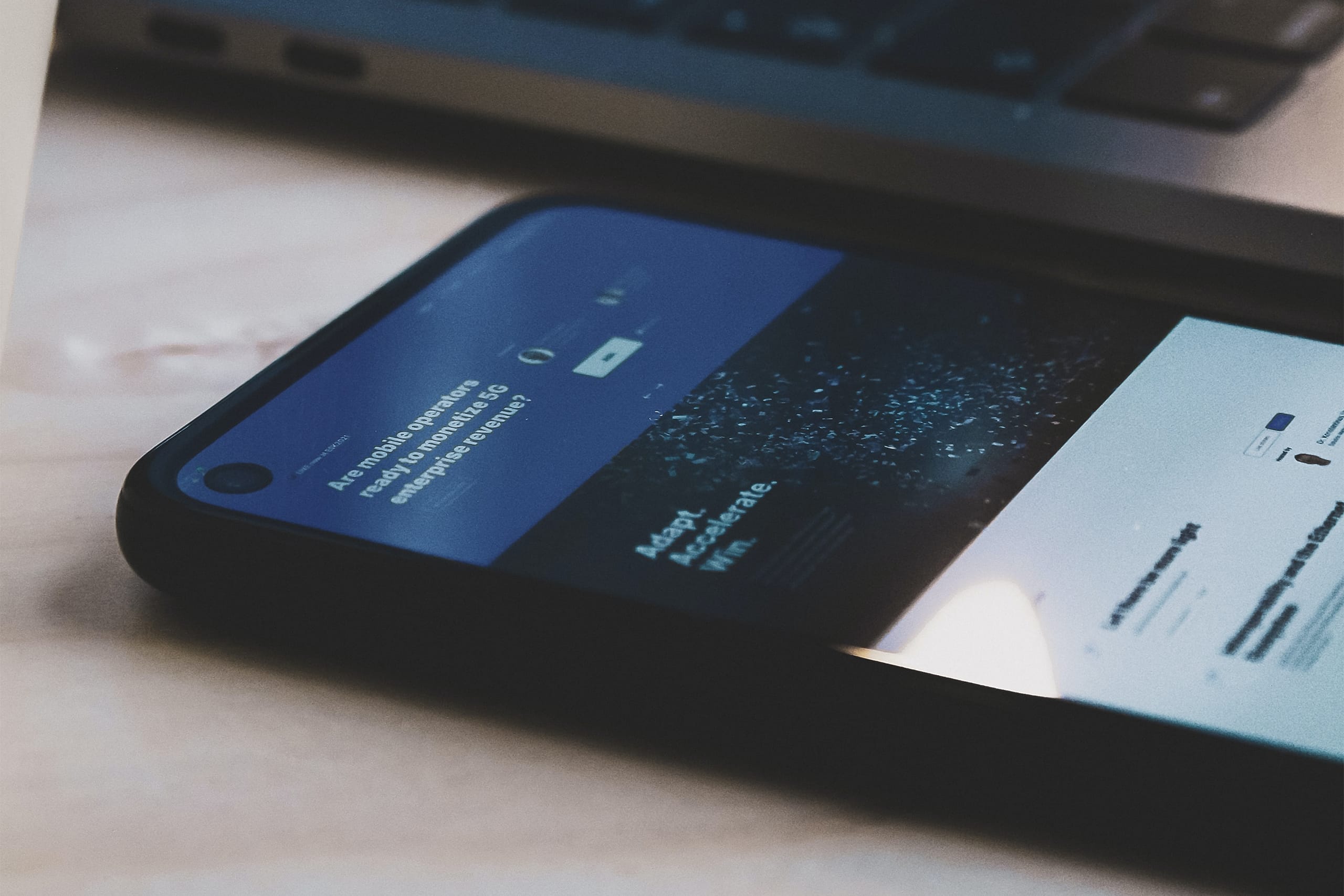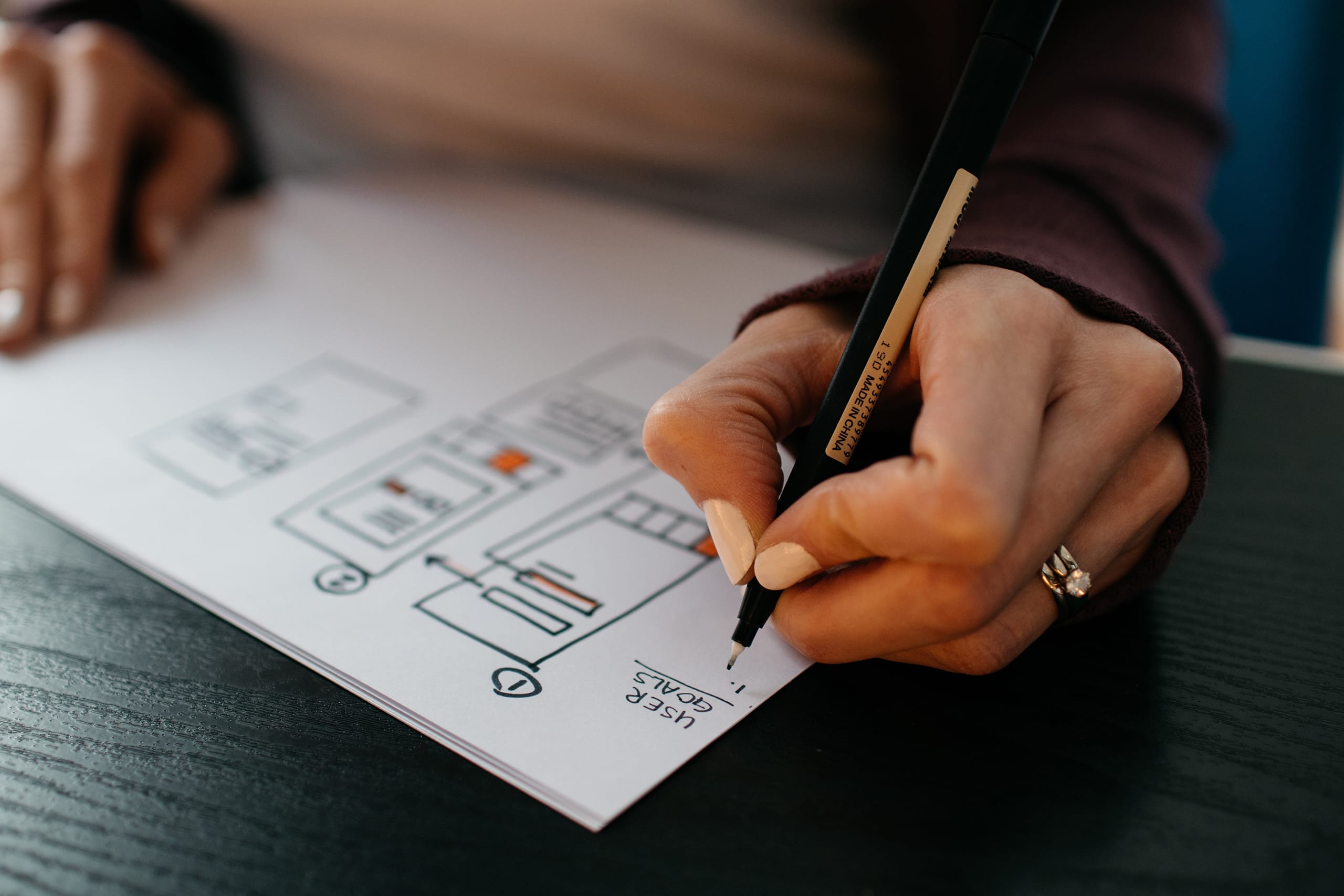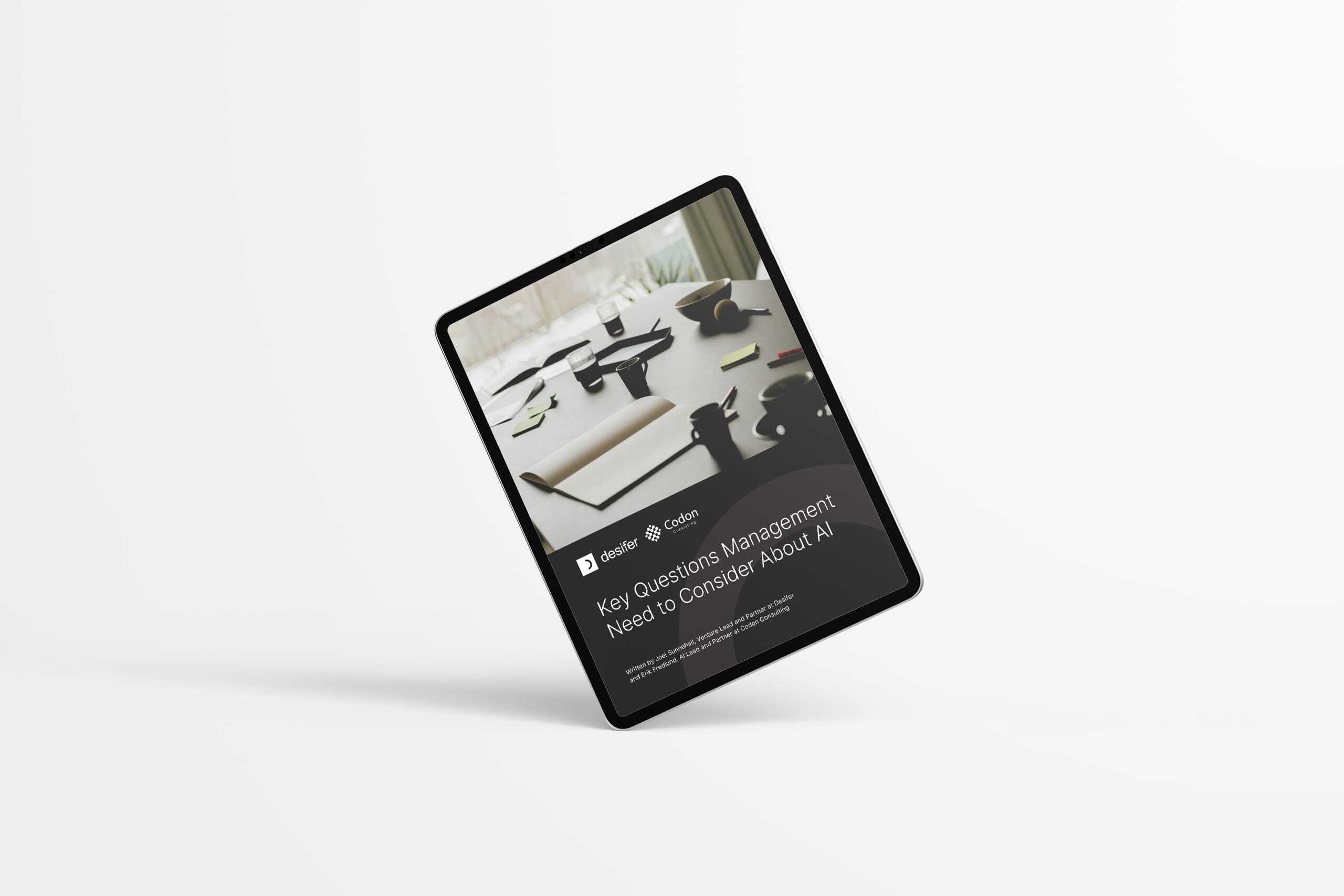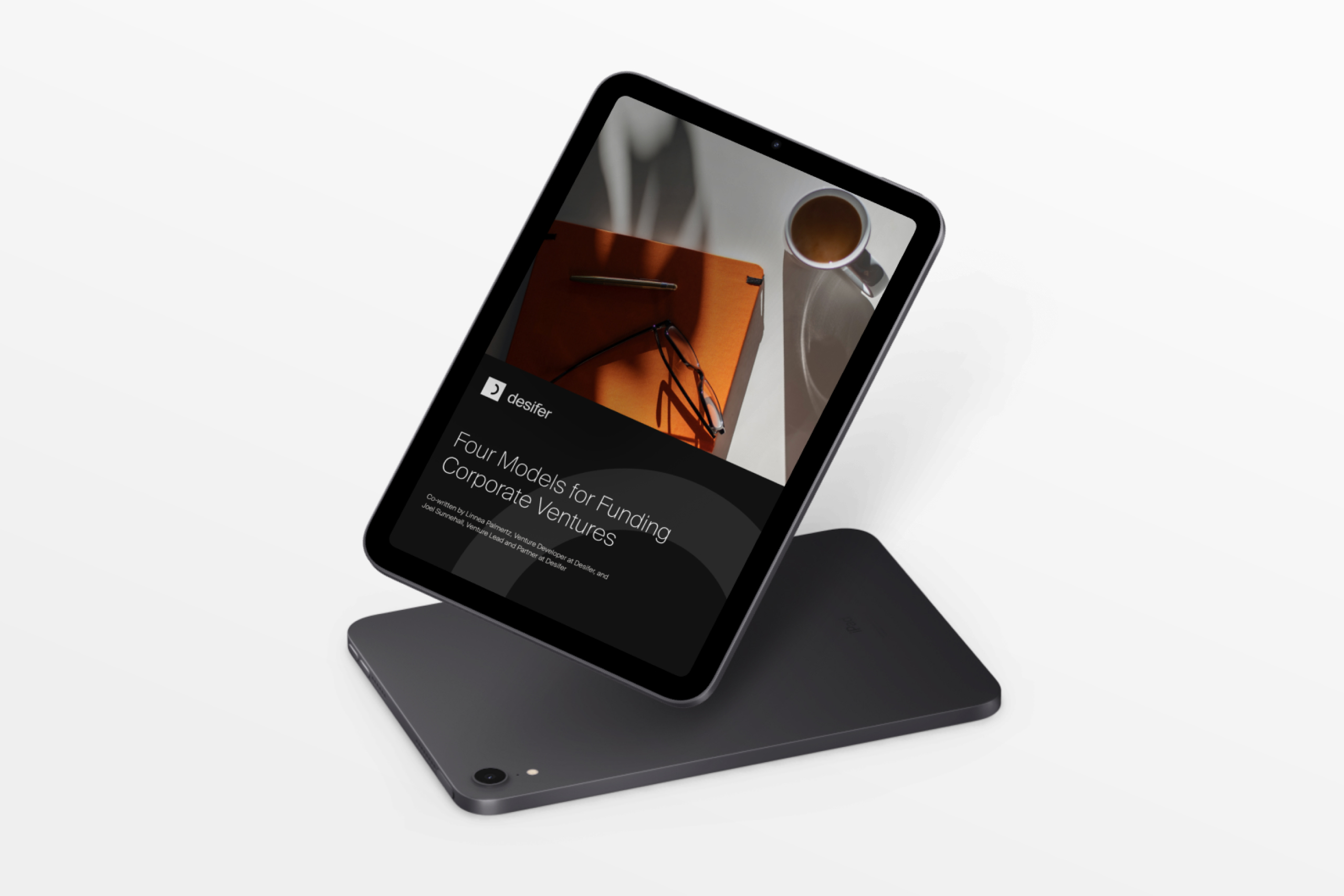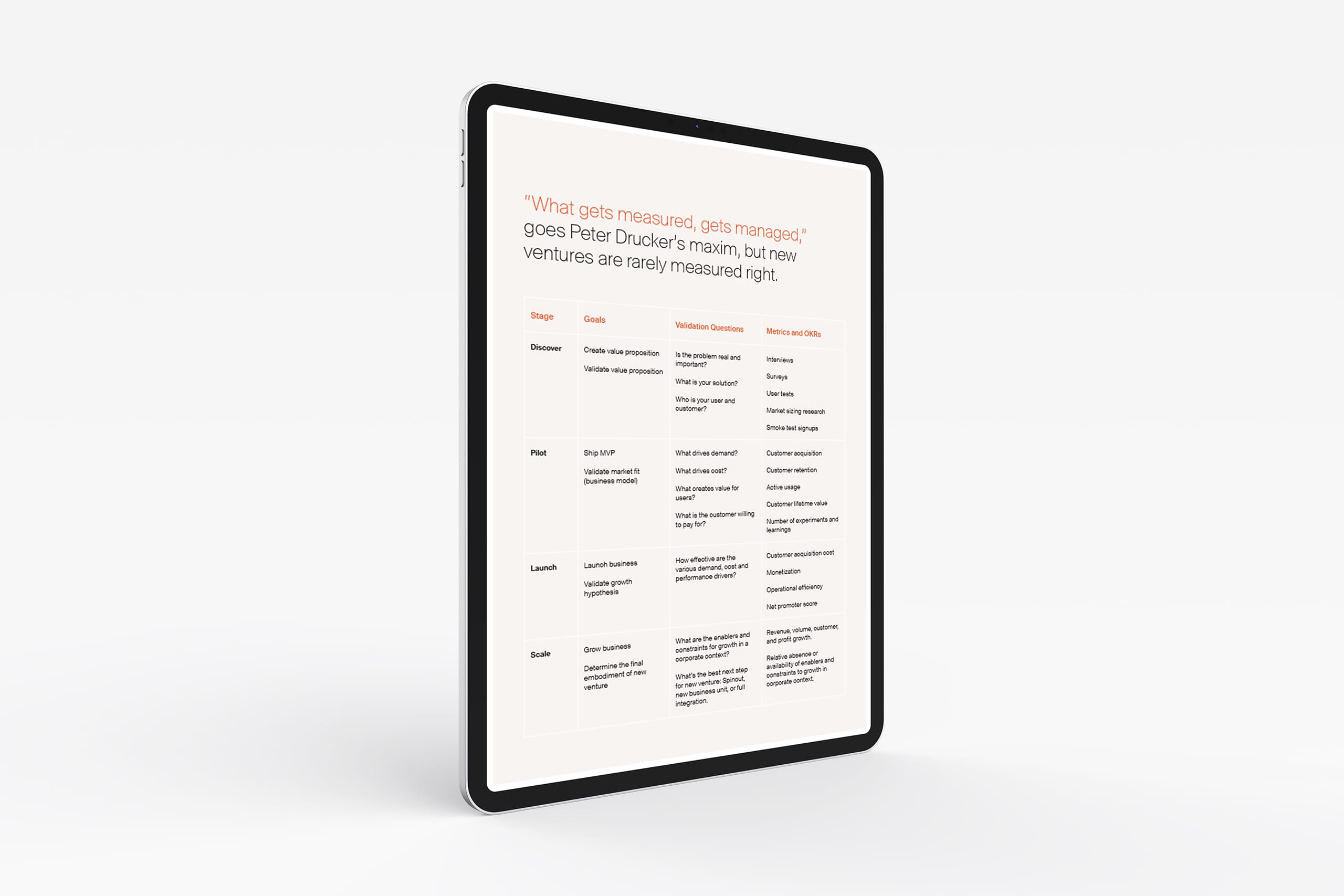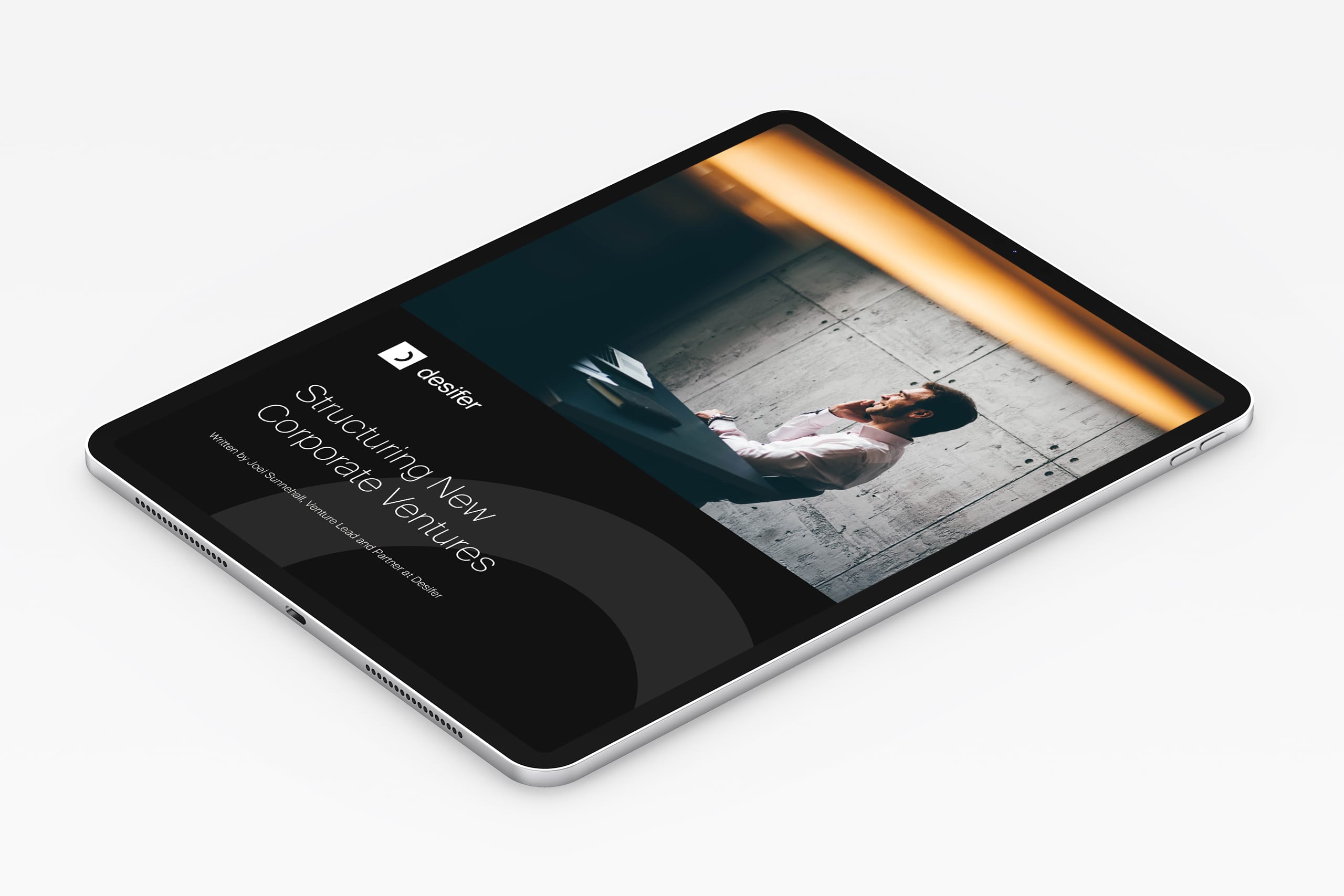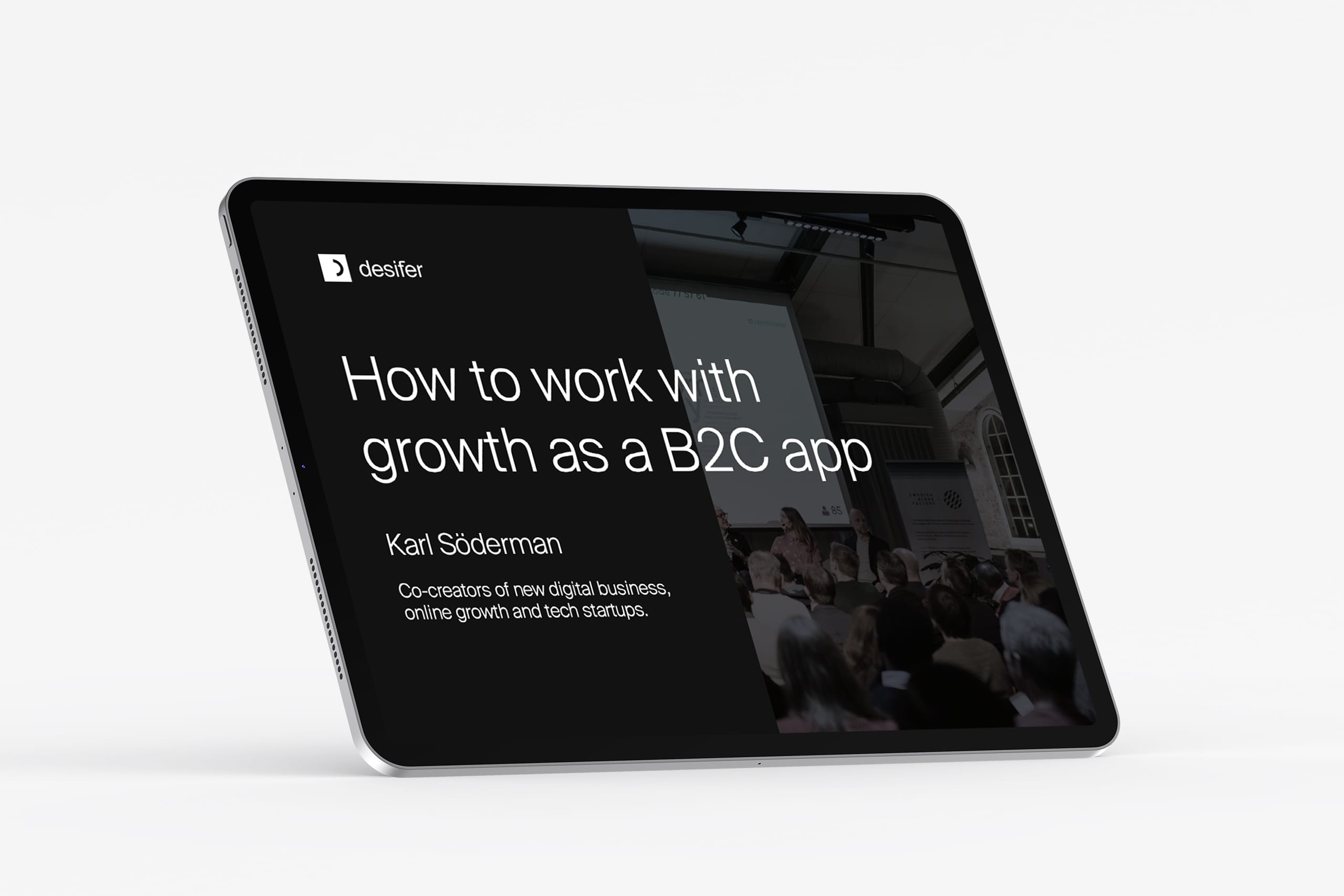Product
Written by Sigrid Hellberg
June 10, 2021
What is Product Discovery (and why should you care?)
We find it useful to think of digital product development as a process with two simultaneous cycles; product discovery and product delivery. Both of these are essential to the success of your product.Organisations that are new to digital product development tend to focus mostly on delivery, probably because that can seem more straightforward. But that is a mistake. If you need to start with one or the other, product discovery is the place to start. And the good news: if you do product discovery well your product delivery will become easier and more efficient.
What is Product Discovery?
Product discovery is the part of the product management process when you explore WHAT it is you need to build. WHAT are the customer needs? WHAT features will be valuable for the customers? The focus is on making sure you are building the right product to solve your customers’ problem.

Why should we spend time on Product Discovery?
Product discovery done well reduces the main risks that come with creating new digital products (as defined by Marty Cagan in Inspire): will customers buy it and use it? (Value risk) Will customers be able to figure out how to use it? (Usability risk) Can we build it? (Feasibility risk) Will our business be able to deliver it and will it deliver value for our business? (Viability risk)
In short: you should spend time on product discovery in order to avoid wasting time, effort and money on building the wrong things later.
How do I do Product Discovery?
There are many ways of doing product discovery well, and this topic will get at least one blog post of its own, but a good framework to start from is based on the double diamond, developed by Design council.
The framework contains two “diamonds”, phases consisting of two steps. You apply these two steps first to the problem space, and then to the solution space. The first step is diverge, which means that you broaden your thinking. This is done through conducting research in different ways, including many different stakeholders and perspectives, to see as many different aspects as you can of the problem area as you can. The second step is converge, which means narrowing down. You go from many possible problems, down to one re-defined problem.
Then you move on to finding solutions. This is done in the same way, start by diverging and creating as broad a range of solutions as possible. Then you converge, and start narrowing down by making solutions a bit more tangible and evaluating them to come to one selected solution.
Each of these steps is an art in itself, there are many good sources on how to go through the process well, for example this quite detailed description by Dan Nessler.

When should I do Product Discovery?
Product discovery needs to start before you start building your product. It might seem obvious, but the pressure to “just start building something” once a stakeholder has given you the go ahead to look into a new product should not be underestimated. But it doesn’t end there. Ongoing product discovery is key to ensure your product stays relevant to the customers, and enables you to continuously find ways for your existing products to create even more value.







